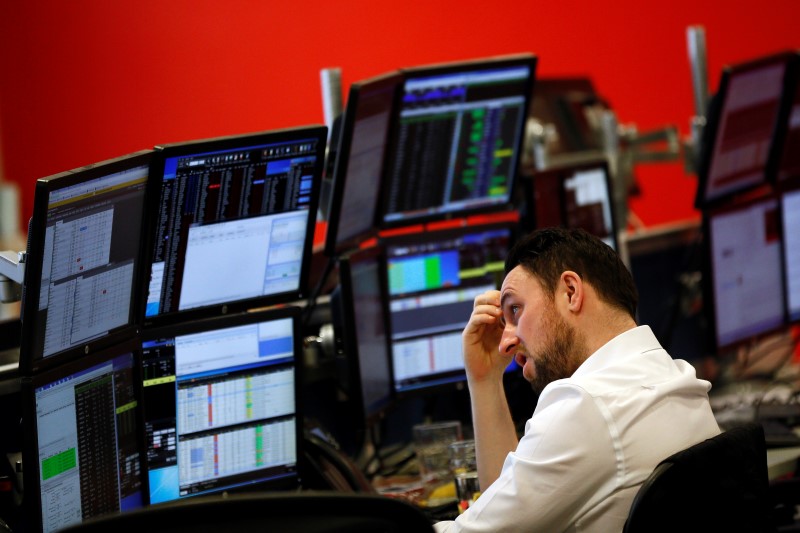
That Seat Will Cost How Much? The Ripple Effect of Trade Wars
The whispers have turned to shouts. The projected impact of trade tariffs is no longer a theoretical concern for many US businesses; it’s a stark reality reflected in rising costs and shrinking profit margins. Across the country, companies are grappling with the immediate consequences of increased import duties, a situation that’s sending shockwaves through various sectors and threatening the stability of established supply chains.
One of the most immediately noticeable impacts is the escalating cost of goods. Take, for instance, the small toy store manager in a Colorado town, constantly bombarded with notifications of daily price increases from their suppliers. These aren’t minor adjustments; they represent a significant shift in the cost of inventory, directly affecting the store’s ability to maintain competitive pricing and ultimately, its profitability. This manager, like many others facing similar circumstances, is forced to make difficult choices: absorb the increased costs and potentially lose market share, or pass those costs onto consumers, risking a drop in sales.
The picture isn’t confined to small businesses. Larger corporations are also feeling the pinch. A lip balm manufacturer, for example, is anticipating a staggering $5 million increase in the cost of goods. This massive jump necessitates drastic measures, from exploring alternative sourcing options (often at a higher cost and with potentially lower quality) to reassessing their pricing strategy and potentially cutting other expenses. This ripples through the company, affecting everything from marketing budgets to employee compensation.
The complexity of global supply chains is further exacerbating the problem. Many products rely on components sourced from various countries, each potentially subject to different tariffs. This makes accurate cost forecasting exceedingly difficult. What begins as a tariff on a single component can quickly escalate into a chain reaction, pushing up the overall cost of the final product far beyond the initial tariff amount. This lack of predictability is creating instability and uncertainty for businesses, hindering long-term planning and investment.
Beyond the immediate cost increases, the tariffs are also forcing businesses to re-evaluate their strategies. Some are exploring domestic sourcing to mitigate the impact of import duties, a move that might alleviate some tariff-related costs but may also lead to higher production costs due to factors like labor and transportation. Others are looking to consolidate their supply chains, reducing the number of suppliers and potentially increasing reliance on a smaller pool of resources. This simplification strategy, while aimed at increasing control and predictability, carries its own risks, including vulnerability to disruptions if a key supplier experiences problems.
The long-term implications are equally concerning. The current situation fosters uncertainty, discouraging investment and hindering economic growth. Consumers, ultimately, bear the brunt of these increased costs, leading to a potential decrease in purchasing power and affecting overall economic sentiment. This isn’t just a problem for individual companies; it’s a systemic issue that requires careful consideration and strategic planning to navigate its complexities. The question isn’t merely “that seat will cost how much?” but rather, “what will the price be for this entire system of global trade and its future?”



Leave a Reply